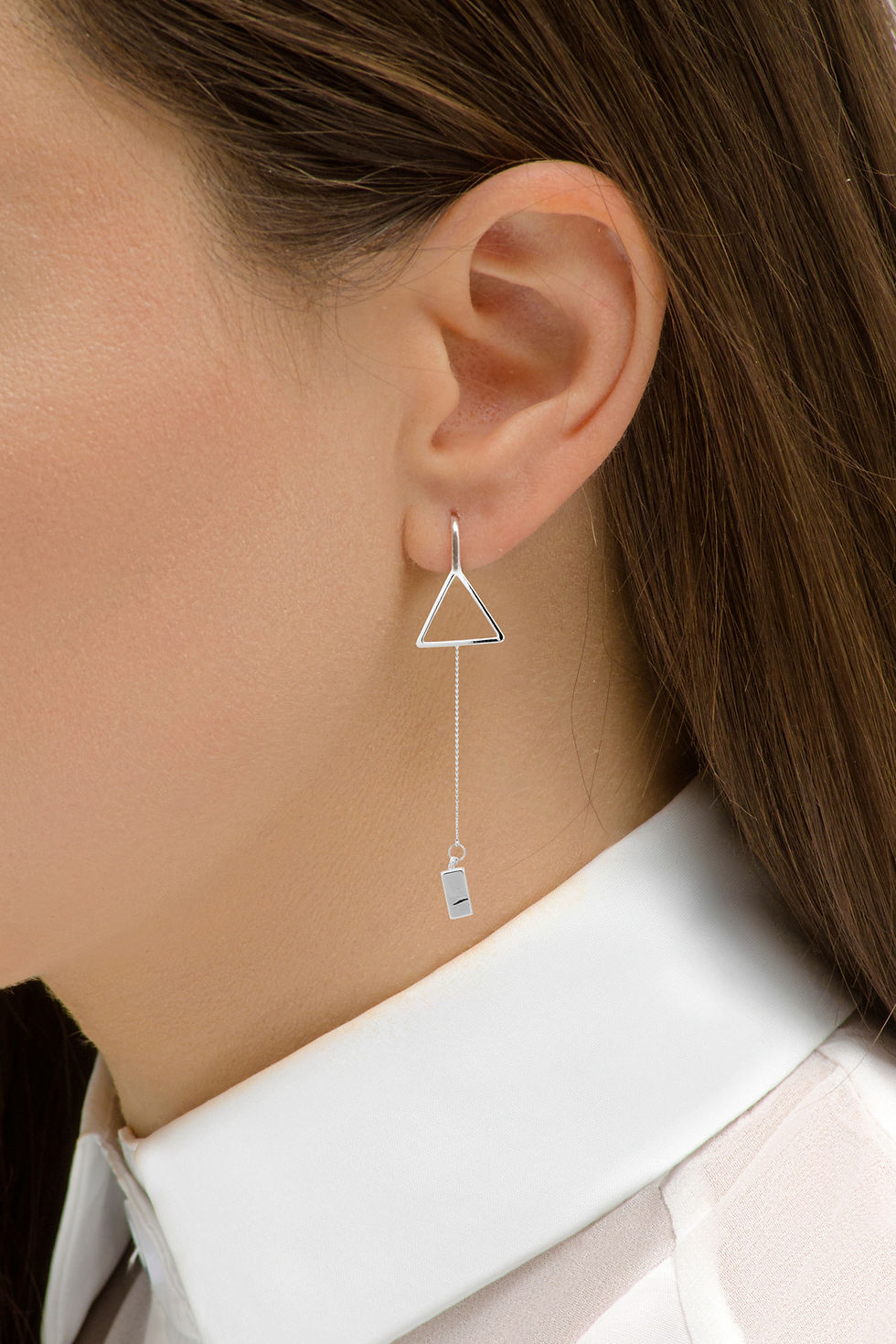How to have a Good scar ?
- Ranganath Srinivasa Rao
- Oct 6, 2020
- 3 min read
Updated: Nov 24, 2020

Any injury deep enough to reach dermis the deeper layer of skin should result in a scar. Even a carefully planned surgical incision is not an exception. The goal of plastic surgeon is to achieve as inconsipious scar as possible in that particular situation.
Scars are visible signs of wound healing. They are the unavoidable results of injury or surgery, and their development can be unpredictable.
Traumatic wounds presents with its own challenges with respect to its location on the body, amount of contamination and tissue loss. Thus the ideal scar may not be possible in all situations. In spite of best post operative care some scar needs further intervention
Scar revision surgery will attempt to minimize a scar so that it is less conspicuous and blends in with the surrounding skin tone and texture.
Poor healing may contribute to scars that are obvious, unsightly or disfiguring. Scars may be noticeable due to their size, shape or location; they can also be raised or depressed, and may differ in color or texture from the surrounding healthy tissue.
Various modalities of treatment are available
1. Simple topical treatments
2. Minimally invasive procedures
3. Surgical revision with advanced techniques in wound closure
Topical treatments in management of scar

Vigorous massage with a moisturizer such as cocoa butter or coconut or olive oil. The tissue should be massaged in the direction of the scar for ten minutes twice a day. This is useful for 3-6 months or for as long as it seems to be helping.
Silicone gel can be placed on the scar in sheets or in liquid form (Figure 1). Silicone sheets can be washed and re-used. Silicone gel dries as a very thin layer and will stay on curved skin surfaces that move throughout the day. Silicone therapy is best used 12-24 hours a day for 3-6 months. Taping/wrapping of the scar can help reduce swelling and tension.
There are lot of other products which are marketed for scar reduction such as cicatrix or contracttubex , but there efficacy in not proved in large studies. These are used by many plastic surgeons based on their experience.
Minimally invasive treatments
Lot of options is available including lasers, PRP, intralesional injections, dermabrsion, and chemical peels.
Both non ablative and ablative lasers have been tried for scar improvement.
PDL laser results in significant improvement in appearance early fresh surgical scars.
Co2 ablative laser can be used for resurfacing the old scars particularly in acne scars.
Intralesional steroids are the mainstay in management of hypertrophic scars and keloids
Prp dermabrasion and chemical peel are usefull in appropriate condition.
Scar revision
Although scar revision can provide a more pleasing cosmetic result or improve a scar that has healed poorly, a scar cannot be completely erased.
Discoloration or surface irregularities and other more subtle scars can be cosmetically improved by surgery or other treatments recommended by your plastic surgeon. These types of scars do not impair function or cause physical discomfort and include acne scars as well as scars resulting from minor injury and prior surgical incisions.
Hypertropic scars are thick clusters of scar tissue that develop directly at a wound site. They are often raised, red and/or uncomfortable and may become wider over time. They can be hyperpigmented (darker in color) or hypopigmented (lighter in color).
Keloids are larger than hypertropic scars. They can be painful or itchy, and may also pucker. They extend beyond the edges of an original wound or incision. Keloids can occur anywhere on your body, but they develop more commonly where there is little underlying fatty tissue, such as on the face, neck, ears, chest or shoulders.
Contractures are scars that restrict movement due to skin and underlying tissue that pull together during healing. They can occur when there is a large amount of tissue loss, such as after a burn. Contractures also can form where a wound crosses a joint, restricting movement of the fingers, elbows, knees or neck.
The type of scar you have will determine the appropriate techniques your plastic surgeon will use to improve your scar.
For more information contact Dr. Ranganath V S @ SurgiDerma Skin & Plastic surgery Center at #5 ac919 hrbr 1st block babusapalya kalyannagar bangalore. you can mail your queries on ranganath.vitlapur@gmail.com or call on +919535377896




Comments